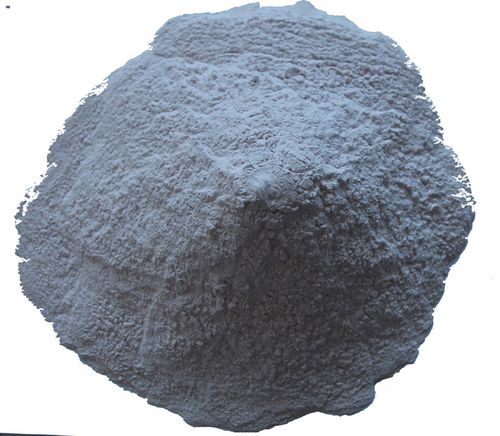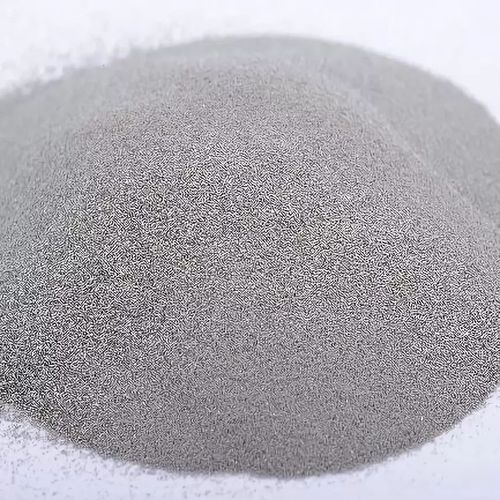**Boron’s Hidden Puzzle: Cracking the Neutron Code**
(How Many Nuetrons Are In Boron)
Boron sits quietly in the periodic table. It’s not as famous as oxygen or carbon. But this humble element holds secrets. One big question pops up: how many neutrons does boron have? Let’s dig into this tiny atomic mystery.
First, atoms are made of three main parts: protons, neutrons, and electrons. Protons and neutrons stick together in the nucleus. Electrons zoom around them. The number of protons defines an element. Boron has five protons. That’s its atomic number. Easy so far.
Neutrons are trickier. They don’t affect the element’s identity, but they change its weight. Atoms of the same element can have different neutron counts. These variants are called isotopes. Boron has two common isotopes. Let’s break them down.
Most boron atoms (about 80%) have a mass number of 11. The mass number is protons plus neutrons. Subtract the protons: 11 minus 5 equals 6. So, this boron isotope packs six neutrons. The other 20% of boron atoms have a mass number of 10. Do the math: 10 minus 5 gives five neutrons.
Why does this matter? Neutrons act like glue in the nucleus. Protons repel each other because they’re positively charged. Neutrons add stability without adding charge. Without enough neutrons, the nucleus could fall apart. Boron’s mix of five or six neutrons keeps it steady.
Let’s get back to the original question. How many neutrons does boron have? The answer isn’t a single number. It depends on the isotope. In nature, boron is a mix. Most of it has six neutrons. A smaller chunk has five. Scientists call these boron-11 and boron-10.
You might wonder how we know this. Tools like mass spectrometers split atoms by weight. They measure the ratios of isotopes in a sample. For boron, the machine would show two peaks: one taller for boron-11, one shorter for boron-10.
Boron isn’t just a lab curiosity. It’s useful. Boron compounds go into laundry detergents, glass, and even phone screens. Some of its isotopes are handy in nuclear reactors. Boron-10, for example, absorbs neutrons well. It helps control nuclear reactions.
The neutron count also affects boron’s behavior. Boron-10 is better at capturing neutrons. This makes it important for radiation shielding. Boron-11 is less absorbent. Scientists pick isotopes based on what they need.
Here’s a fun twist. Boron doesn’t exist pure in nature. It’s always bonded with other elements. You’ll find it in minerals like borax. These compounds get broken down to isolate boron. The process keeps the natural isotope mix unless scientists tweak it.
Next time you see a boron-rich product, like heat-resistant glass, remember the tiny neutrons inside. Five or six might not seem like much. But they make boron stable enough to handle everyday jobs. From cleaning clothes to blocking radiation, neutrons play quiet hero.
(How Many Nuetrons Are In Boron)
No two boron atoms are exactly alike. Some are slightly heavier. Others are lighter. This mix keeps chemistry interesting. It’s a reminder that even simple elements hide layers of complexity. The neutron count is just one piece of boron’s atomic story.
Inquiry us
if you want to want to know more, please feel free to contact us. (nanotrun@yahoo.com)




